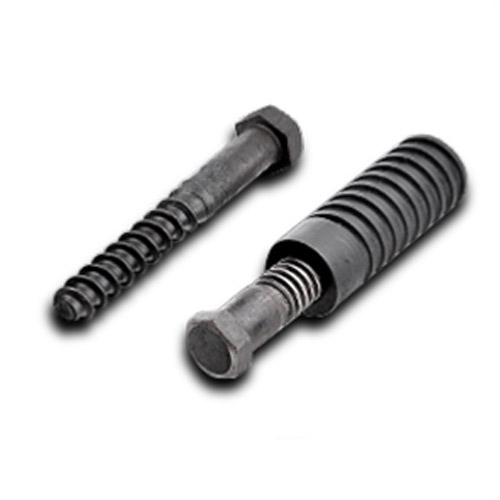

sae flat washer
Nov . 24, 2024 03:53 Back to list
sae flat washer
Understanding SAE Flat Washers Essential Components for Every Project
When it comes to mechanical engineering and construction, the significance of small components often goes unnoticed. Among these are SAE flat washers, which play an essential role in providing stability and strength to various assemblies. This article delves into what SAE flat washers are, their specifications, applications, and why they are a crucial part of many engineering projects.
What are SAE Flat Washers?
SAE flat washers are circular metal discs with a hole in the center. They are defined by the Society of Automotive Engineers (SAE), and their primary function is to distribute the load of a threaded fastener, such as a bolt or screw, over a larger surface area. This helps to prevent damage to the surfaces being fastened and reduces the likelihood of loosening due to vibration. The SAE designation indicates that these washers meet specific standards set by the SAE, which is renowned for establishing industry benchmarks in automotive and aerospace engineering.
Specifications
SAE flat washers are characterized by their thicknesses, inner diameters, and outer diameters, which vary according to different sizes. The most common materials used for these washers are steel, stainless steel, and brass, although they can also be made from plastic or rubber for specific applications. The steel washers are often coated to resist corrosion, especially in outdoor or marine environments.
SAE flat washers are categorized under different series, such as the SAE Series with standard sizes ranging from 4 to 1 inch and thicknesses that typically fall between 0.032 inches and 0.125 inches. Choosing the correct washer size according to the specifications of the screws or bolts being used is critical for optimal performance.
sae flat washer

Applications
These flat washers have wide-ranging applications across industries. In automotive engineering, they are integral for the assembly of components such as engines and chassis, where they ensure that bolts and nuts are securely fastened. Similarly, in the construction sector, SAE flat washers are commonly employed for fastening wooden structures, metal frameworks, and even in concrete work.
Moreover, they are also used in plumbing, HVAC systems, and electrical installations, reinforcing fixtures and preventing leaks by ensuring a tight seal between fittings. Their versatility makes them an indispensable component in both residential and industrial settings.
Importance in Engineering
One of the main reasons engineers and technicians choose SAE flat washers is their ability to enhance joint integrity. By distributing loads evenly, they mitigate risks associated with metal fatigue and bolt shear failure. Furthermore, the use of flat washers can significantly increase the lifespan of fastened joints, reducing maintenance costs in the long run.
In summary, SAE flat washers may seem like trivial components, but they serve pivotal functions in various applications. Their ability to secure connections, prevent damage, and increase durability makes them vital in any engineering or construction project. As industries continue to evolve and the demand for stronger, more reliable assemblies grows, understanding and utilizing SAE flat washers is more important than ever. Whether you're a seasoned engineer or a DIY enthusiast, recognizing the role these small yet mighty washers play will contribute greatly to the success of your work.
Latest news
-
High-Strength Hot-Dip Galvanized Bolts-Hebei Longze|Corrosion Resistance&High Strength
NewsJul.30,2025
-
Hot Dip Galvanized Bolts-Hebei Longze|Corrosion Resistance&High Strength
NewsJul.30,2025
-
Hot Dip Galvanized Bolts - Hebei Longze | Corrosion Resistance, High Strength
NewsJul.30,2025
-
High-Strength Hot Dip Galvanized Bolts-Hebei Longze|Corrosion Resistance, Grade 8.8
NewsJul.30,2025
-
Hot Dip Galvanized Bolts-Hebei Longze|Corrosion Resistance,High Strength
NewsJul.29,2025
-
High-Strength Hot Dip Galvanized Bolts - Hebei Longze Metal Products Manufacturing Co., Ltd.|corrosion resistance&high strength
NewsJul.29,2025

